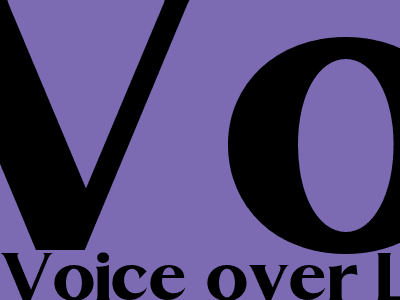
Voice Over LTE (VoLTE), T2, and LTE
Introduction
Voice over LTE (VoLTE) is a standard for transmitting voice calls over LTE networks. It provides several advantages over traditional voice services, such as improved voice quality, faster call setup times, and support for multimedia features. T2 is a variant of VoLTE that is used in China. LTE is a wireless broadband technology that provides high-speed data access.
Benefits of VoLTE
VoLTE offers several benefits over traditional voice services, including:
- Improved voice quality: VoLTE uses a higher bandwidth than traditional voice services, which results in improved voice quality.
- Faster call setup times: VoLTE calls are set up much faster than traditional voice calls, typically in under two seconds.
- Support for multimedia features: VoLTE supports multimedia features such as video calling, file sharing, and instant messaging.
How VoLTE Works
VoLTE works by transmitting voice calls over LTE networks. This is different from traditional voice services, which are transmitted over circuit-switched networks. LTE networks are packet-switched networks, which means that data is transmitted in packets rather than in a continuous stream.
VoLTE uses a codec called AMR-WB+ to encode voice data. AMR-WB+ is a wideband codec that provides high-quality voice reproduction.
T2
T2 is a variant of VoLTE that is used in China. T2 was developed by China Mobile and is based on the IMS (IP Multimedia Subsystem) standard.
T2 offers several advantages over traditional voice services, including:
- Improved voice quality: T2 uses a higher bandwidth than traditional voice services, which results in improved voice quality.
- Faster call setup times: T2 calls are set up much faster than traditional voice calls, typically in under two seconds.
- Support for multimedia features: T2 supports multimedia features such as video calling, file sharing, and instant messaging.
LTE
LTE is a wireless broadband technology that provides high-speed data access. LTE is the fourth generation of mobile technology, and it is significantly faster than previous generations.
LTE networks are used to provide a variety of services, including voice calls, data services, and video streaming.
Conclusion
VoLTE, T2, and LTE are all important technologies for the future of mobile communications. VoLTE offers several advantages over traditional voice services, including improved voice quality, faster call setup times, and support for multimedia features. T2 is a variant of VoLTE that is used in China. LTE is a wireless broadband technology that provides high-speed data access.